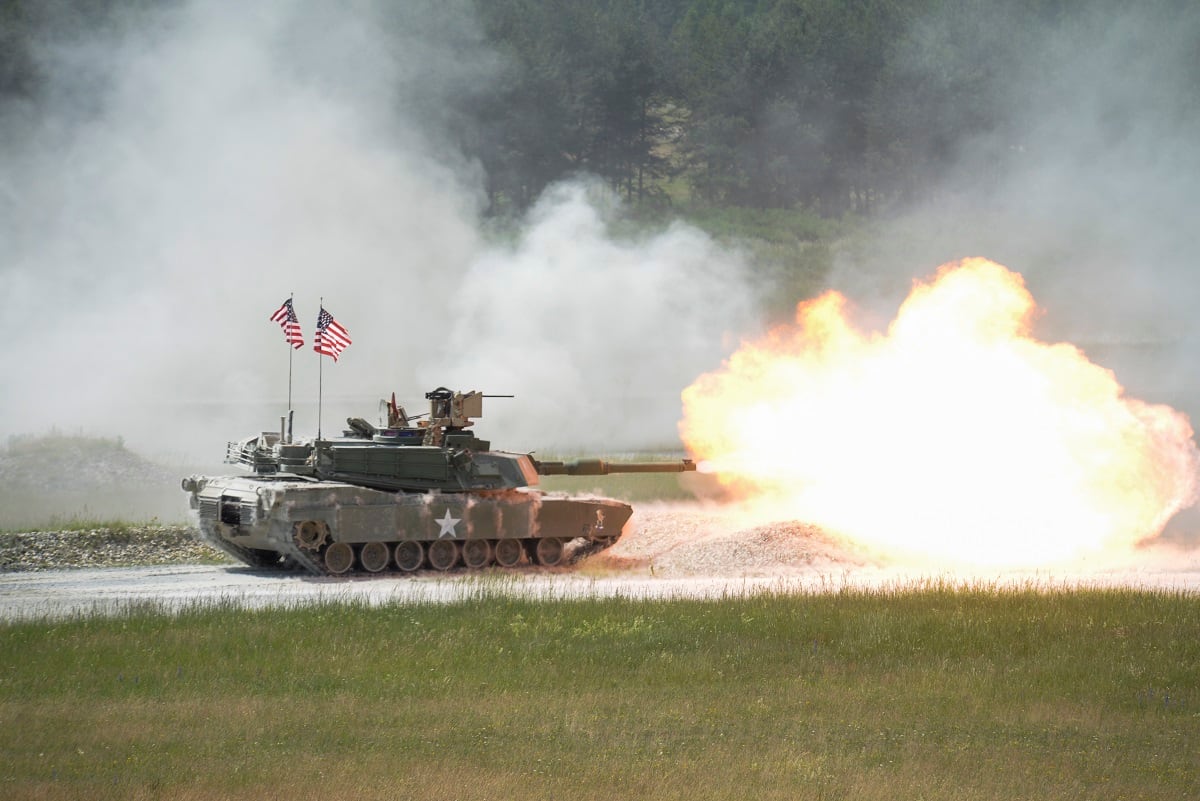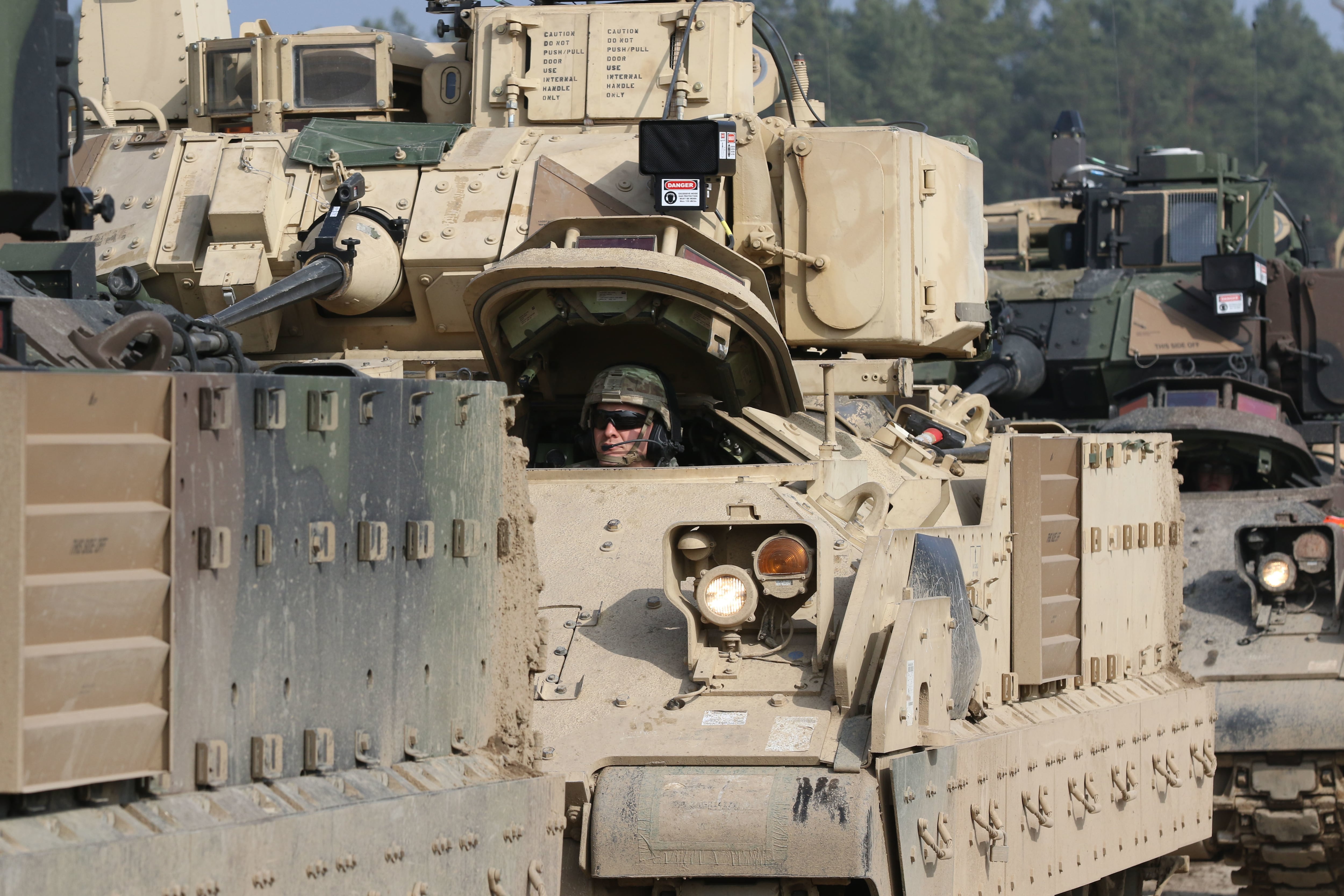Later this month the 1st Stryker Brigade Combat Team, 1st Armored Division will officially convert to an armored BCT, one of the many moves the Army is making to bring heavier firepower to bear in any potential near-peer fight.
The shift was announced last year by Army Secretary Mark Esper. Then-Deputy Chief of Staff for Operations Lt. Gen. Joseph Anderson laid out details of the plan for Army Times.
The reflagging ceremony is scheduled for June 20. The change involves bringing in new soldiers, refurbishing and refitting equipment and infrastructure at Fort Bliss, Texas, home of the 1st Armored Division.
RELATED

The old thinking worked toward having a division that included one of each type of brigade combat team — infantry, Stryker and armored. But experience exposed some flaws with that model, Anderson said.
“What we learned over time was when you tried to deploy BCTs where you only have one like kind on an installation, it’s hard on some of our manning numbers,” Anderson said last year.
Training requirements, non-deployable statuses and other factors often meant that individual units from the one installation couldn’t always build a full-strength unit to deploy for the mission, he said.
Anderson said there would be more changes in the coming years as strategy is evaluated and force structure rebalanced against current and future threats.
The move puts the Army down a brigade’s worth of Strykers, but not for long.
The 2nd Infantry BCT of 4th Infantry Division at Fort Carson, Colorado is slated to shift to a Stryker BCT next year, according to the same plan.
The transition takes anywhere from 18 to 24 months, officials said.
In 2018 the Army converted the 2nd IBCT, 3rd Infantry Division at Fort Stewart, Georgia to an armored brigade.
Once the transition is completed, the regular Army will have 31 BCTs: 11 armored, 13 infantry and seven Stryker.
The Army National Guard houses 27 BCTs: five armored, 20 infantry and two Stryker, officials said.
Todd South has written about crime, courts, government and the military for multiple publications since 2004 and was named a 2014 Pulitzer finalist for a co-written project on witness intimidation. Todd is a Marine veteran of the Iraq War.





